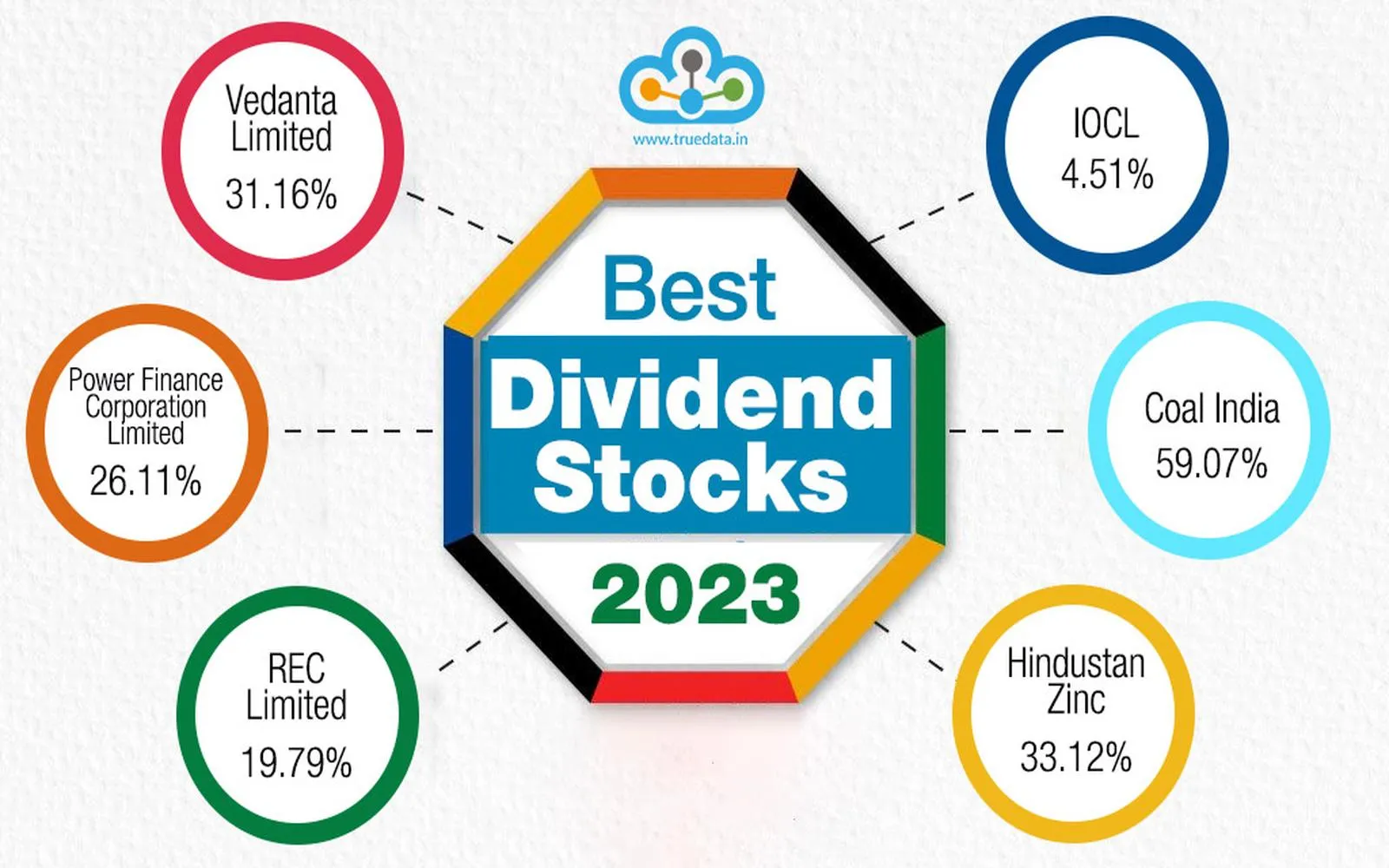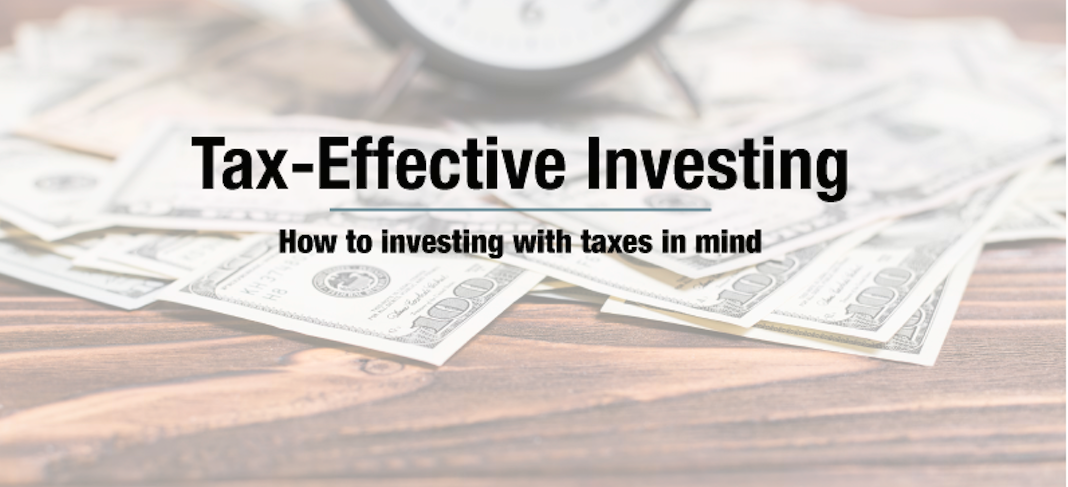Top Index Funds to Invest in for 2025: Maximize Your Returns with These Winning Strategies
Introduction
As we approach 2025, investors are increasingly seeking ways to maximize their returns while managing risk. One of the most effective strategies for achieving this goal is investing in index funds. These funds offer diversification, low fees, and the potential for solid returns over the long term. In this article, we will explore the top index funds to consider for 2025, along with strategies to maximize your investment outcomes.
Understanding Index Funds
Index funds are investment vehicles that aim to replicate the performance of a specific market index, such as the S&P 500 or the Nasdaq 100. Unlike actively managed funds, index funds do not require a team of analysts to select stocks. Instead, they passively track the index, which results in lower management fees and expenses. This makes them an attractive option for both novice and experienced investors.
The Benefits of Investing in Index Funds
Investing in index funds comes with several advantages:
- Diversification: Index funds offer exposure to a broad range of securities, which helps mitigate risks associated with individual stocks.
- Lower Costs: With lower management fees compared to actively managed funds, investors can keep more of their returns.
- Consistent Performance: Historically, index funds have outperformed the majority of actively managed funds over the long term.
- Tax Efficiency: Index funds typically generate fewer capital gains, resulting in lower tax liabilities for investors.
Top Index Funds to Consider for 2025
1. Vanguard 500 Index Fund (VFIAX)
The Vanguard 500 Index Fund is one of the most popular index funds in the market, designed to track the performance of the S&P 500. With a low expense ratio of 0.04%, it provides cost-effective exposure to 500 of the largest U.S. companies. The fund has a long track record of solid returns, making it a cornerstone for many investors' portfolios.
2. Fidelity Total Market Index Fund (FSKAX)
This fund aims to track the performance of the entire U.S. stock market, including small-, mid-, and large-cap stocks. With an expense ratio of just 0.015%, FSKAX offers a diversified portfolio at a minimal cost. This fund is ideal for investors looking for broad exposure to the U.S. equity market.
3. Schwab U.S. Broad Market ETF (SCHB)
Schwab's U.S. Broad Market ETF is another excellent option for investors seeking extensive market exposure. It covers approximately 2,500 stocks, offering a well-rounded approach to U.S. equities. With an expense ratio of 0.03%, this ETF is both cost-effective and efficient for portfolio diversification.
5. Invesco QQQ ETF (QQQ)
The Invesco QQQ ETF tracks the Nasdaq-100 Index, which includes 100 of the largest non-financial companies listed on the Nasdaq Stock Market. This fund is particularly suitable for investors who want exposure to tech-heavy growth stocks. Although it has a higher expense ratio of 0.20%, its historical performance has been strong, especially during bull markets.
Investment Strategies for 2025
Dollar-Cost Averaging
Dollar-cost averaging is an investment strategy where investors contribute a fixed amount of money to their investment portfolio at regular intervals, regardless of market conditions. This approach helps to reduce the impact of market volatility and can lead to a lower average cost per share over time. As you consider investing in index funds for 2025, implementing dollar-cost averaging can help mitigate risks and enhance returns.
Asset Allocation
Asset allocation involves distributing your investments across various asset classes, such as stocks, bonds, and cash. A well-thought-out asset allocation strategy can help you manage risk and optimize returns based on your investment goals and risk tolerance. For example, younger investors may focus more on equity index funds, while those nearing retirement may allocate a larger portion to bond index funds for stability.
Rebalancing Your Portfolio
Rebalancing is the process of adjusting your portfolio back to your desired asset allocation. Over time, certain investments may perform better than others, leading to an imbalanced portfolio that may not align with your risk tolerance or investment goals. Regularly reviewing and rebalancing your portfolio can help maintain your desired level of risk and potentially enhance returns.
Investing for the Long Term
Investing with a long-term perspective is crucial for maximizing returns. Short-term market fluctuations can be unpredictable, but over time, the stock market has historically trended upward. By investing in index funds for the long haul, you can harness the power of compounding returns and ride out market volatility.
Monitoring Market Trends
As we move into 2025, it's important to keep an eye on market trends that could impact your investment strategy. Here are a few key trends to watch:
- Economic Recovery: As the global economy continues to recover from the impacts of the COVID-19 pandemic, consumer spending and business investments may increase, driving stock prices higher.
- Interest Rates: Monitor changes in interest rates, as rising rates may impact the performance of certain sectors, particularly technology and real estate.
- Inflation: Keep an eye on inflation trends, as higher inflation may affect purchasing power and could lead to changes in monetary policy.
Conclusion
Investing in index funds can be a powerful strategy for maximizing returns in 2025 and beyond. By selecting top index funds like Vanguard 500 Index Fund, Fidelity Total Market Index Fund, and others, you can build a diversified and cost-effective portfolio. Implementing strategies such as dollar-cost averaging, asset allocation, and rebalancing can further enhance your investment outcomes. As you navigate the market landscape in 2025, stay informed about economic trends and maintain a long-term perspective to achieve your financial goals.
Final Thoughts
Investing for the future requires careful planning and execution. With the right mix of index funds and a solid investment strategy, you can position yourself for financial success in 2025. Remember to do your own research, stay informed about market conditions, and consult with financial professionals as needed. By remaining proactive and disciplined in your investing approach, you can maximize your returns and build a strong financial future.
Explore

Top Dividend-Paying Stocks to Invest in for 2025: Maximize Your Returns

Tax-Efficient Investing 2025: Maximize Your Returns and Minimize Taxes

ESG Investing in 2025: Strategies for Sustainable Growth and Ethical Returns

Your Ultimate Guide to Investing in Mutual Funds in 2025: Strategies for Success

Top 5 Cryptocurrencies to Invest in for 2025: Your Ultimate Guide to Future Success

Maximize Your Wealth: The Ultimate Guide to Passive Investment Strategies for 2025

Boost Your Predictions with These Powerful Forecasting Tools
